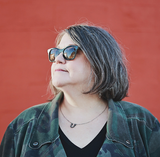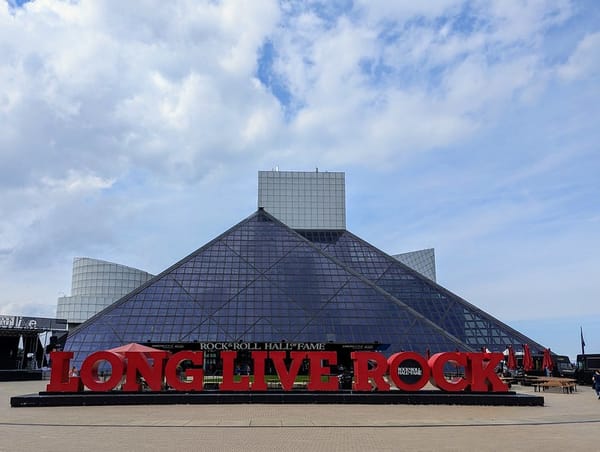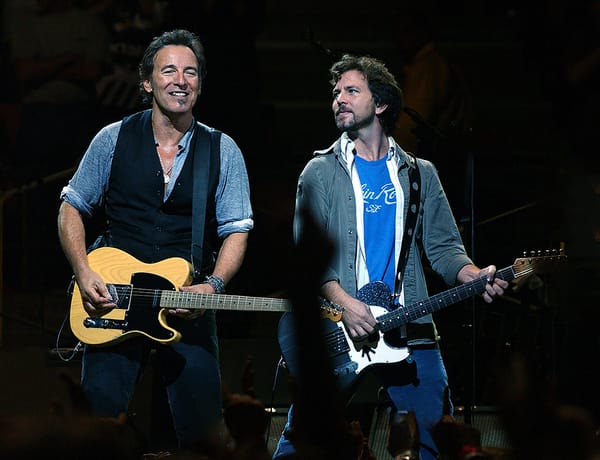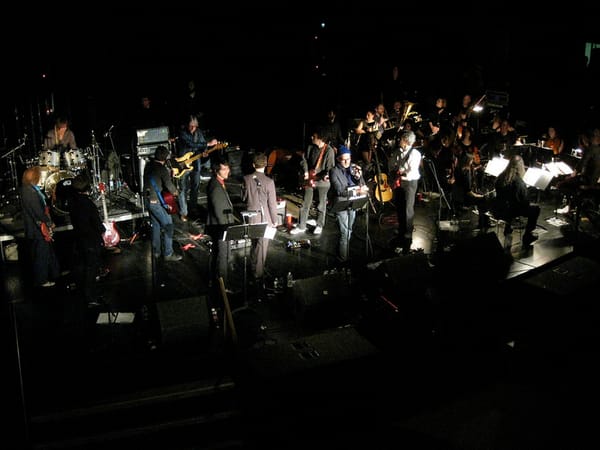Live Archive: Bruce Springsteen & the E Street Band: September 21, 1978 Capitol Theatre, Passaic, NJ
"Here's a birthday song to myself."
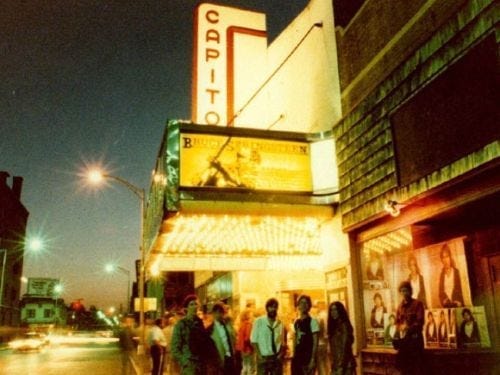
When Backstreets Magazine was still operational, whenever a new official archive release came out — recordings of older Springsteen shows — someone would write an essay about it for the website. I realized I missed being in the rotation for these assignments and then remembered I could still keep doing it if I wanted to. I don’t have the benefit of Chris Phillips’ careful editing but I also am writing for a smaller audience and can go as long as I want. This is long, make a cup of tea or grab a beer. And listen to the damn show.
September 21, 1978: Capitol Theatre, Passaic, NJ: Official Archive Release
first set: High School Confidential / Badlands / Spirit In The Night / Darkness On The Edge Of Town / Sweet Little Sixteen / Independence Day / The Promised Land / Prove It All Night / Racing In The Street / Thunder Road / Meeting Across The River / Jungleland
[intermission]
second set: Santa Claus Is Comin' To Town / Fire / Candy's Room / Because The Night / Point Blank / Kitty's Back / The Fever / Incident On 57th Street / Rosalita (Come Out Tonight) / Born To Run / Tenth Avenue Freeze-Out / Quarter To Three
The three-night Capitol Theatre run for Bruce Springsteen and the E Street Band at the end of September, 1978, is legendary because the performances were amazing and the energy was fantastic. It was a three-show stand the band was playing at what at the time was supposed to be the penultimate run in front of a hometown audience, the diehards of the diehards in a small venue in the great state of New Jersey.
Do you hear me knockin’? Bruce addresses the crowd, before swinging into “High School Confidential.” One of the hallmarks of the back half of the Darkness tour was these kinds of golden oldies opening the set - “Summertime Blues,” “Rave On,” and tonight, Jerry Lee Lewis. It’s such a literal joy to listen to Roy Bittan, or any piano player worth listening to, playing the Killer. Yes. he is a detestable horrible person but his impact built the foundation of rock and roll and inspired countless keyboard players.
“I’m here to give you some good news,” Bruce confides mid-song, turning the lyrics into a conversation. “Tonight, I’m going to put on my rockin’ shoes. Temperature’s rising, and the jukebox’s blowing a fuse.” And then he proceeds to do exactly that, casually peeling off the kind of incendiary guitar solo that this tour would become famous for.
Roy is high in the mix on this particular recording, and Danny is also not buried, and while I am appreciative from a technical perspective of the difficulty of mixing a large multi instrumental rock and roll band live with the technology available in 1978 and sometimes it’s just too fucking loud to hear the piano players, so I like being able to enjoy this after the fact. 1
There’s a particular quality of exhilaration and sheer relief that’s audibly and emotionally palpable at these shows at the end of September on the Darkness tour. It’s the sound of a bandleader and a band who are practiced and polished to a perfect sheen. The thing I always try to explain about the ‘78 tour was that people got tired of hearing about how great Bruce Springsteen was, there was no way he could possibly be as good as everyone said he was. In 1978? He was better. All you had to do was go to a show and see for yourself. Even the off nights, the nights we don’t have tapes of, the nights that are less popular or less traded. In 1978 you had no less than five FM broadcasts. You didn’t even have to go underground if you really wanted to hear for yourself.
